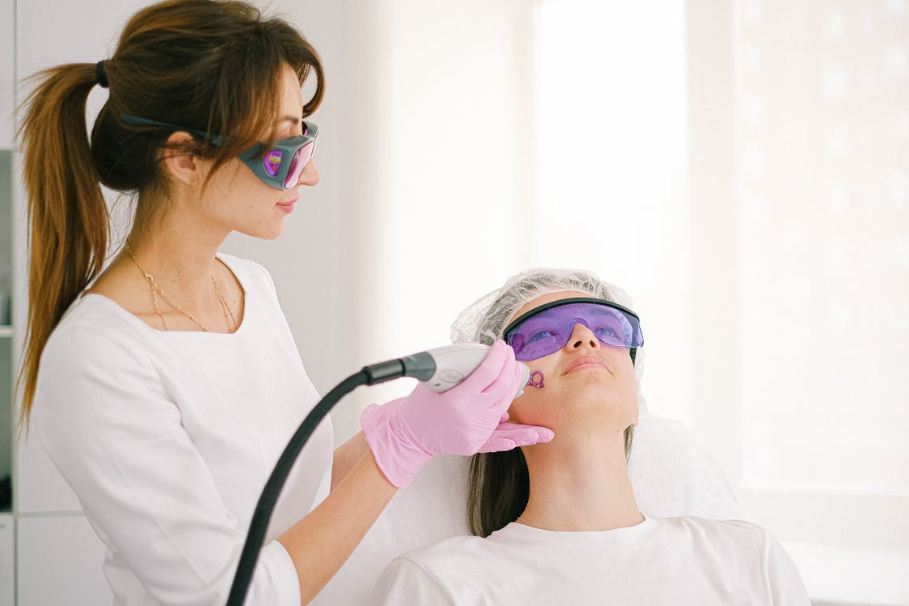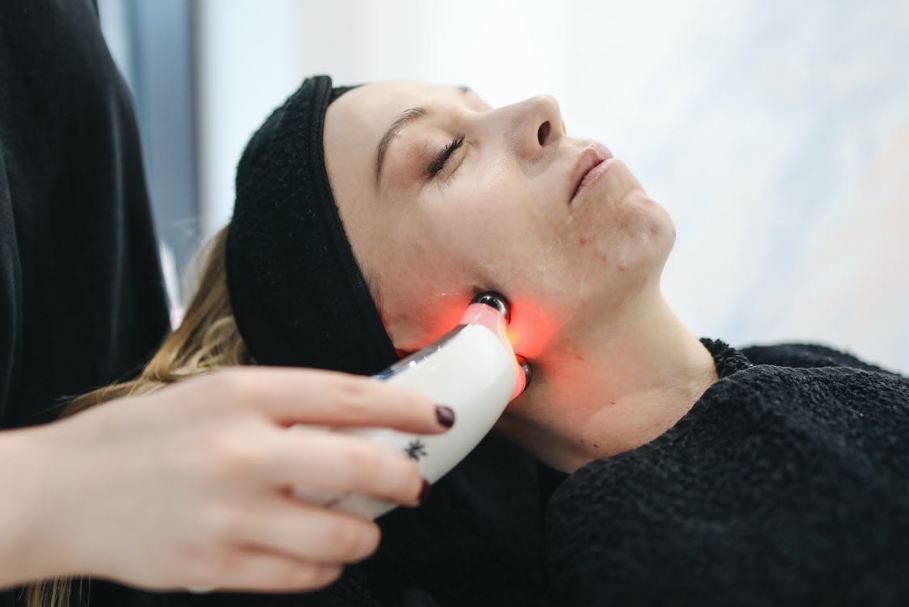Many people opt for different beauty procedures to make their skin smoother and look more beautiful and flawless. Some of the things that most people are conscious ofinclude unwanted body hair, age spots, and acne. But a lot of advances in the medical aesthetics industry and laser technology have offered more treatment options to improve these things that make people self-conscious about their looks.One of the popular procedures used in the beauty industry today is lasers. They have provided significant results with minimal invasiveness to a lot of people.
Some of the most common skin conditions are blemishes, acne, and wrinkles. Aging also brings dark circles, sagging skin, and more. Today, you can buy different anti-aging products and medications that all promise to reduce these skin problems. However, most of these promises remain unfulfilled. This is the reason many people turn laser treatments.
If you want to learn more about laser treatments, you’re in the right place. Today, we are giving you different types of cosmetic laser procedures and how they can help the skin.
What is Cosmetic Laser Treatment?
Before we give you the types of cosmetic laser procedures, let us first know what it is. Lasers give out high-intensity lightand accurately focuses on small spots with high energy. Laser beams can vaporize or ablate the skin tissues gently to treat wrinkles, scars, and blemishes. Aside from that, it can also seal blood vessels or cut skin tissue.
The broad spectrum of the Intense Pulsed Light or IPL can specifically treat blood vessels and pigmentation. Laser treatments direct short, concentrated pulsating beams of light at irregular skin, precisely removing the skin layer by layer.
Cosmetic laser procedures are used to treat different skin conditions and ailments. Some of these include unwanted hair, unwanted tattoos, aging problems, acne scars, birthmarks, spider veins, sagging skin, brown spots, vascular lesions, scars, and more. With the new and advanced technologies today, many other skin problems and diseases can be treated using cosmetic laser procedures.
Types of Cosmetic Laser Procedures
When it comes to skin laser therapy, there are several types of procedures used. These depend on the wavelength peaks of the laser light, pulse durations, and how the target skin absorbs the light. The two broad categories of laser procedures are ablative lasers and non-ablative lasers. Let us know more about them:
1. Ablative Laser Procedures
In ablative laser procedures, an intense wavelength of light is ejected into the skin. This removes the outer layers of aged or sun-damaged skin. Ablative lasers stimulate the underlying skin, which results in collagen production and an enhancement in wrinkles. After ablative laser procedures, an ointment and dressing are applied to the skin. And when the skin heals after the treatment, new skin forms, which is tighter and smoother. There are two kinds of ablative laser procedures:
Carbon Dioxide Laser Procedure
This laser procedure was first introduced during the late 1960s. It is still being used today for skin rejuvenation. However, due to its side effects, it has been replaced with fractional mode lasers. These have fewer side effects and can also heal faster. But it is not appropriate for darker skin tones.
Carbon dioxide laser procedure is used mostly for acne scars, deep-set wrinkles, birthmarks, warts, moles, saggy skin, and sun damage. The common side effects of this procedure include taking a long time to heal and has huge risks of pain, itching, redness, and burning sensation.
Erbium Yttrium-Aluminum-Garnet (Er:YAG)
This laser procedure can remove surface-level and moderately deep lines and wrinkles on the neck, chest, face, and hands. It has minimal burning of surrounding tissues. Compared to the CO2 laser procedure, this has lesser side effects. It can also heal a lot faster.
This procedure is usually used in curing pigmentation problems, sun damage, acne scars, fine lines, small wrinkles, and as well as moles. However, it may cause swelling, redness, and bruising that may last for up to 2 weeks.
2. Non-Ablative Laser Procedures
Non-ablative or non-wounding laser procedures work beneath the surface of the skin layer, unlike ablative laser procedures that heat and remove the top skin tissue. This procedure stimulates collagen growth, and it also tightens the underlying skin to improve the skin tone. These types of procedures can also remove fine lines and as well as mild to moderate skin damage. Here are the different types of non-ablative laser procedures:
Pulsed Dye Laser Procedure
This type of laser procedure treats the skin by targeting blood vessels, shrinking them directly to make the skin less red. This procedure can feel like a rubber band snap, and it can be applied anywhere on the face and body. This treatment usually requires around 3 to 5 sessions, but the results are permanent. Aside from that, the time needed for it to heal is only just around 2 hours. After that, the redness of the skin will subside.
This procedure is used for treating spider veins, birthmarks, rosacea, stretch marks, and as well as fine lines around the eyes. Its side effects are temporary pigmentation and a little bruising.
Neodymium-doped Yttrium-Aluminum-Garnet Laser Procedure (Nd:YAG Laser)
In this procedure, a crystal is used as a laser medium for solid-state lasers. It emits a wavelength of high energy light. When it is focused on a certain skin condition, it creates heat and destroys the diseased cells.
This cosmetic laser procedure is best for treating vascular lesions, spider veins, skin pigmentation, professional tattoo removal, and hair removal. However, it often has a low success rate. When it comes to vascular lesions, there’s a high chance of it occurring again. There might also be pain during the treatment, and you may experience swelling, itchiness, and redness after the treatment, which may last up to several days.
Alexandrite Laser Procedure
In this laser procedure, the laser emits a wavelength of high energy light that is converted to heat energy. The laser damages the specific target area. This type of laser uses the process of photo thermolysis. It uses light to heat a selected area for destruction. This laser procedure can cause precise tissue destruction of the lesion while leaving the tissue in the surrounding area undamaged.
Alexandrite laser procedure is used to treat brown spots caused by sun damage, birthmarks, and pigmentations. It is also useful for leg veins, tattoo removal, and hair removal. Some of the side effects of this procedure include pain during treatment, redness, swelling, and itching that may last for a few days.
These are the different types of cosmetic laser procedures. Keep in mind that laser is a surgical procedure that carries some risk. Therefore, it is very important to consult an experienced dermatologist to finalize the treatment plan and choose a laser procedure that is perfect for you. We hope the information we shared helped you in further understanding of cosmetic laser procedures.


